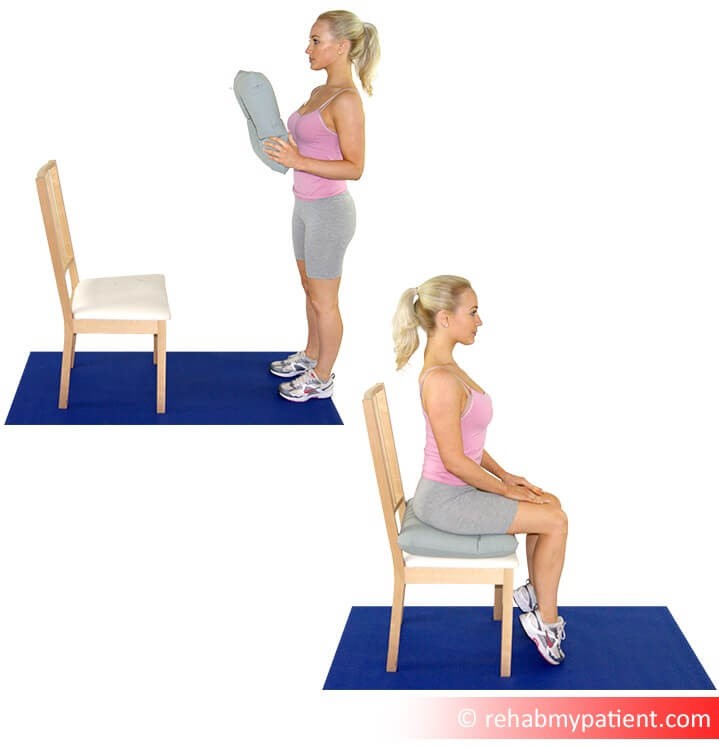

On day to day practice we do see patient in our OPD who has complains of nagging pain around hip and pelvis. After evaluation we found the causes are not very severe and cannot do any permanent disability to the person. But pain sometimes become severe enough to make handicaps and restrain performing day to day activities. Most commonly reasons for this pain are;
Trochanteric Bursitis: Trochanter area of femur does not have any muscle cover and it is directly under the Fascia Lata. At this point Fascia Lata is quite thick. A bursa namely trochanteric bursa is situated between the bone and the tight fascia to facilitate the gliding. This bursa may get inflamed due to repeated friction and can make this area painful in rotational movement of hip joint. Analgesic, anti-inflammatory and sometimes local infiltration with steroid resolve this issue. Very rarely release of tight iliopsoas band may require.
Tendinopathy of Gluteus muscle: This if the mail cause of lateral hip pain. Earlier mostly it was diagnosed as trochanteric bursitis, but now it is clear that not bursitis but noninflammatory tendinosis of gluteus medias and minimus is the main cause. Iliotibial band put lots of pressure on these two tendons against the trochanteric bone during hip adduction and on extreme flexion. Anyone doing activities more frequently that requires this position of hip are prone to develop this condition. Usually in females 4th decade is affected more. Unfortunately, there is no effective treatment resign for this but the symptom is equally disabling like OA hip on active daily life. Local infiltration of PRP gives good pain relief and showing promising result in recent practice.

Tendinopathy of Gluteus muscle; anatomy and where it is pains
Piriformis syndrome: It is a painful condition presents with buttock pain due to spasm of piriformis muscle in response to injury or inflammatory condition of other nearby structure; sacroiliac joint. It may cause irritation to sciatic nerve and mimic sciatica symptom.

Piriformis Syndrome site of pain and anatomy
Ischial tuberosity Bursitis: Ischial tuberosity is the most inferior part of pelvic bone which bear the body weight during sitting posture. Hamstring muscle originates from the outer half and inner half is bear part comes in contact with surface during sitting and is separated from skin and fat by a bursa. Due to repeated frictional activity this bursa may get inflamed and become painful. As well as there can be tendinopathy of hamstring tendon at the attachment with ischial tuberosity which may cause similar symptom like ischial tuberosity bursitis. It is a painful condition and affects sitting posture. Local steroid or PRP infiltration can provide symptomatic relief.

Location of Ischial Tuberosity, area of tenderness and activity that can provoke this symptom
Coccydynia: it is also known as painful tail bone. It happens due to abnormal friction of the tail bone during sitting or ant trauma at tail bone and the pelvic floor muscle which is attached with this bone. It is a self -limiting condition only needs prevention of pressure over tail bone while sitting, hot fomentation and if required pain medication.

Posture that may induce coccydynia

How to do the rehabilitation
Osteitis Pubis: It's a painful condition due to noninfective inflammation of symphysis pubis and its ligaments. It causes lower abdominal and groin pain in various degree and may with restriction of movement of movement around groin region. Causes of developing osteitis pubis are pregnancy and child birth, surgery around pubis symphysis; urological and gynaecological, athletes, major trauma involved pubic symphysis, rheumatoid arthritis. Treatment is support, pelvic muscle exercise, analgesic. Local infiltration with steroid or PRP also helps in nagging cases.

How athletes develop osteitis pubis